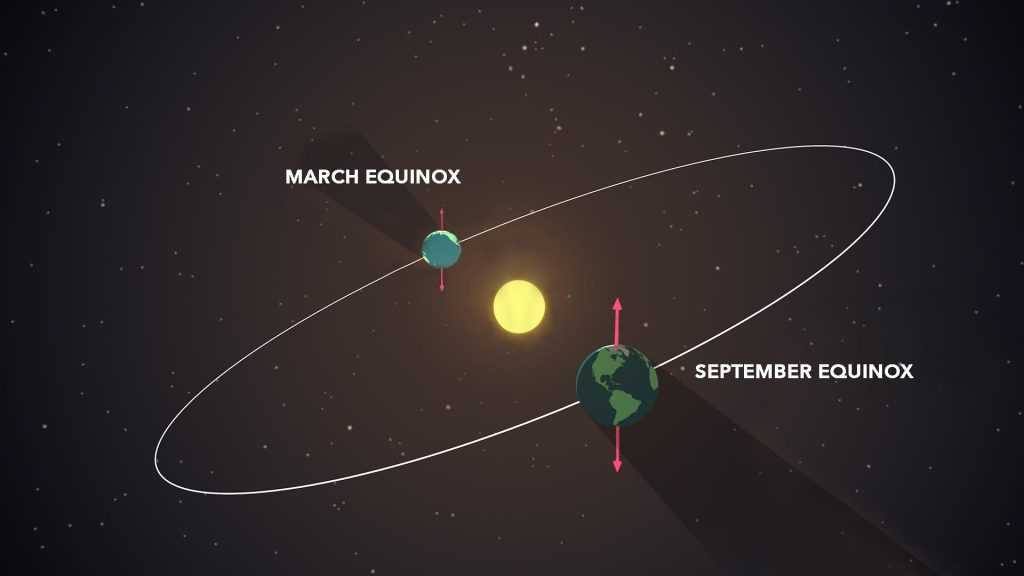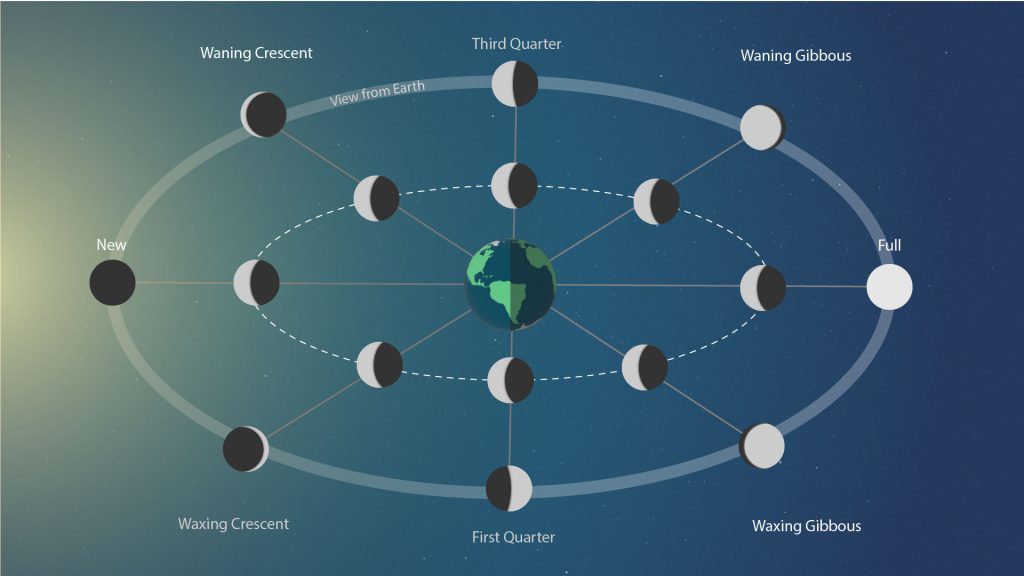Happy equinox, Earthlings! March 20 marks the spring equinox, one of two seasonal markers in Earth’s year-long orbit when the Sun appears to shine directly over the equator, and daytime and nighttime are nearly equal lengths–12 hours–everywhere on the planet.

It’s the start of astronomical spring in the Northern Hemisphere, meaning more sunlight and longer days. From here until the beginning of fall, daytime will be longer than nighttime as the Sun travels a longer, higher arc across the sky each day, reaching a peak at the start of summer. It’s just the opposite in the Southern Hemisphere, where March 20 marks the fall equinox.
What’s more? The first full Moon of spring will rise tonight, lighting the skies on the equinox. Usually, a full Moon arrives a few days to weeks before or after the equinox. It’s close, but not a perfect match. Tonight’s full Moon, however, reaches maximum illumination less than four hours after the equinox. There hasn’t been a comparable coincidence since the spring equinox in 2000.

And because the Moon is near perigee, it qualifies as a supermoon–the third and final of 2019. It’s not a big supermoon, so you won’t really be able to see the difference between this full Moon and any other one with your eyes. But keep an keep an eye on the Moon as it rises and creeps above the eastern skyline. A low-hanging Moon can appear strangely inflated. This is the Moon illusion at work.
Super or seemingly not, it’s a rare celestial coincidence to usher in springtime.
